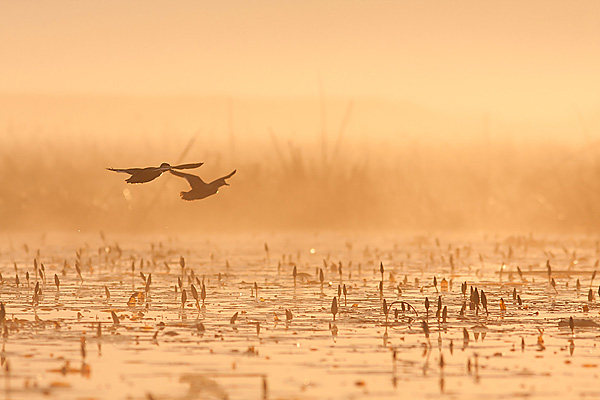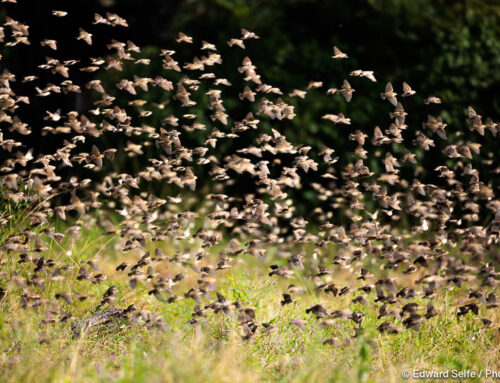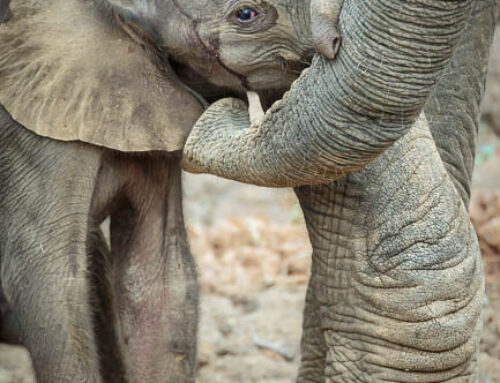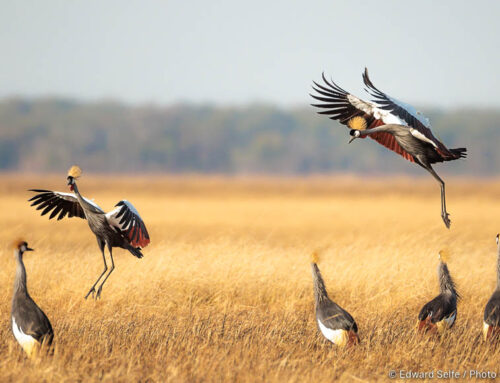A friend and I just enjoyed a fantastic trip up the Great North Road to Kasanka NP and Bangweulu Swamps. While both areas are famous for their birdlife, Kasanka is also home to the world’s most visible popuation of the shy Sitatunga antelope, and the plains surrounding the Bangweulu swamps provide grazing for 100,000 Black Lechwe.
The birdlife at Kasanka is astonishing, and we didn’t have to try too hard to see lots of new species, as well as large numbers of species that are much rarer down here on the Valley floor. Bohm’s bee-eater was a new one, although they seemed to be restricted to a stand of Red Mahoganies along the Kasanka river.
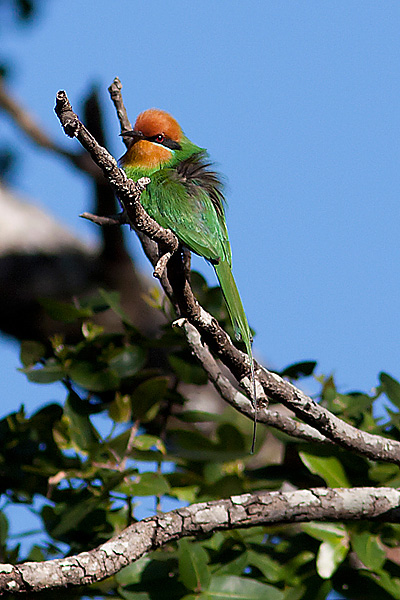
We were also lucky to see the famous Shoebill, although in the distance. Much better sightings were to follow in Bangweulu.
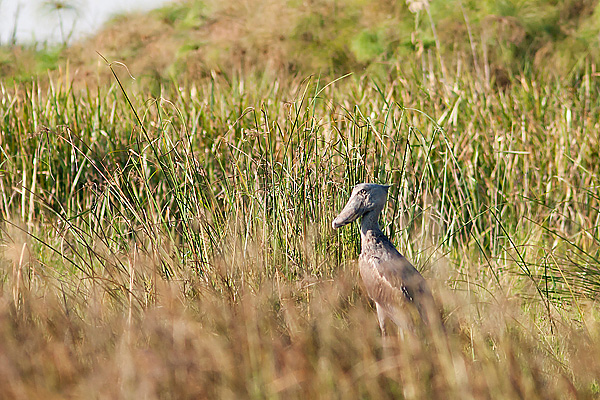
Heading along the bumpy road that leads to the swamps, we came across Lake Waka Waka which is a little gem in an otherwise dry, barren patch of miombo woodland. The name means ‘something shiny’ in Bemba and it certainly lives up to that name.
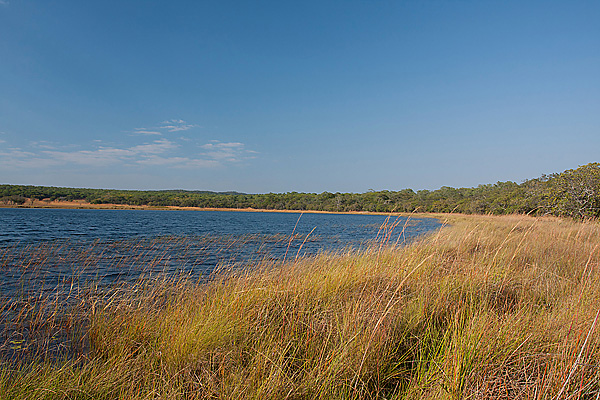
Endlessly we followed the dry dirt track, wondering when it would end, until finally, we burst out onto the open plains of Chikuni and were met with an unbelieveable sight. As far as the eye can see, on all sides, Black Lechwe feed on the closely cropped grass. No wide angle lens can do justice to that view.
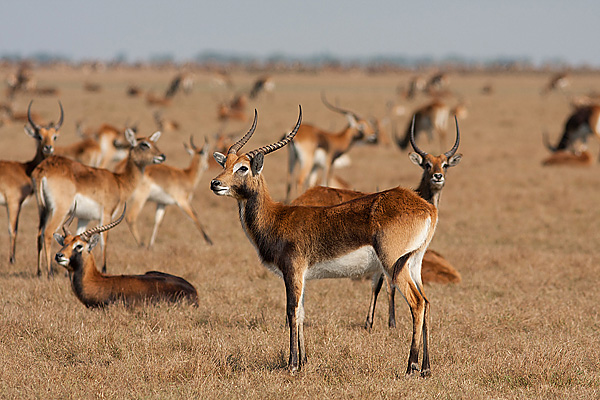
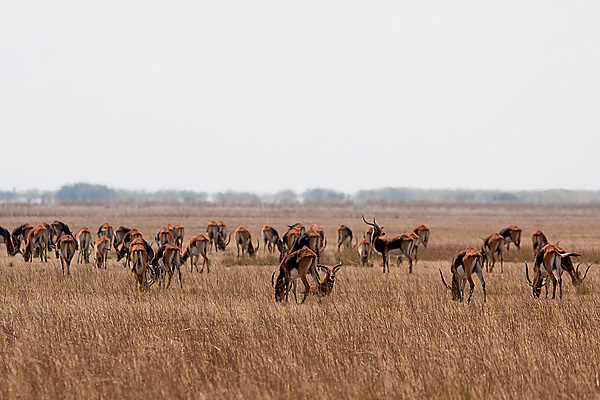
Out into the swamps on the first morning, we were lucky and got a tip from a fisherman that there was a Shoebill nearby. Approaching slowly over a couple of hours, we managed to get in very close and enjoy this bizzare sight.
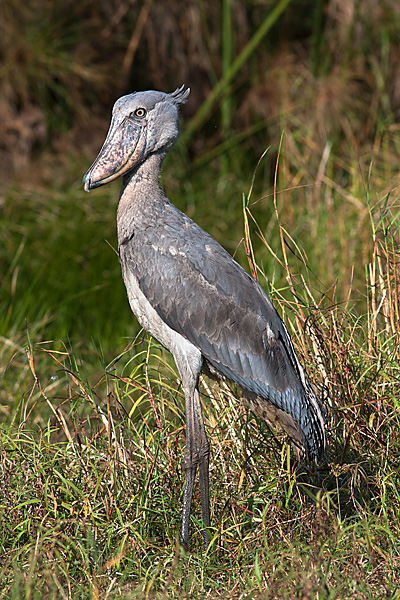
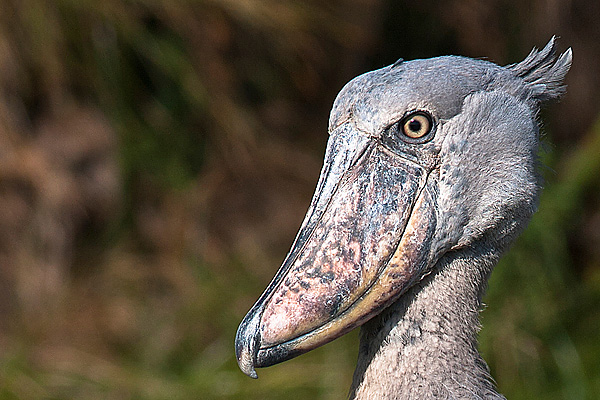
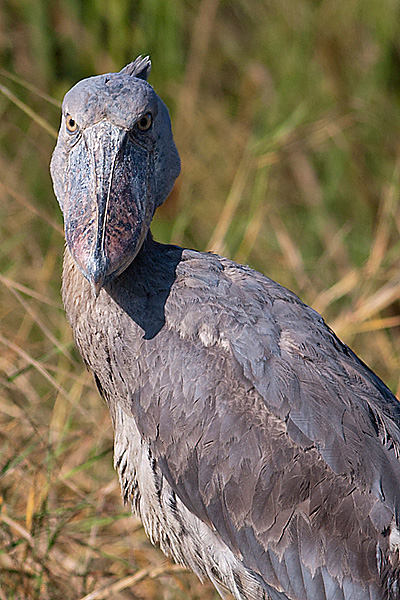
Early morning mists on the swamps were particularly beautiful and especially on the day we left, when I just managed to get a shot of some Red Billed Teal landing on the water against the rising sun.
